Imagine descending into the abyss where sunlight has never touched the ocean floor, and encountering a creature so alien that it seems plucked from another planet. The deep sea harbors mysteries that challenge everything we thought we knew about life on Earth. Among these enigmatic beings lurks one that defies conventional biology with features so extraordinary they sound like pure fantasy. This remarkable creature doesn’t just survive in the crushing depths—it thrives with transparent bones and blood that runs blue instead of red.
The Antarctic Icefish: Master of Extreme Adaptation
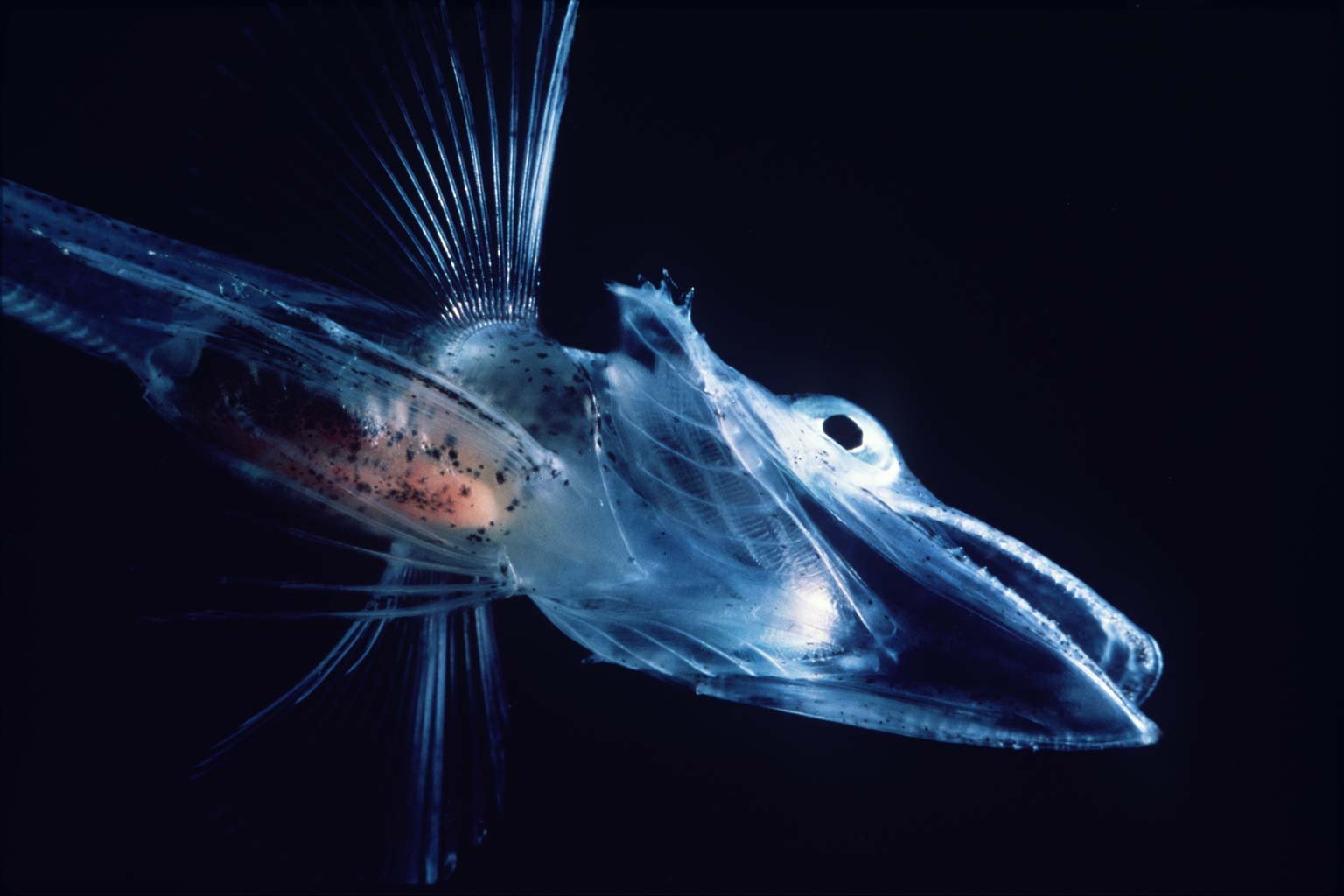
The Antarctic icefish, scientifically known as Channichthyidae, represents one of nature’s most stunning evolutionary experiments. These ghostly fish inhabit the frigid waters surrounding Antarctica, where temperatures hover around -1.8°C year-round. Their pale, almost translucent appearance makes them look like living ice sculptures gliding through the dark waters.
What sets these fish apart isn’t just their ethereal beauty—it’s their complete lack of red blood cells and hemoglobin. This biological anomaly makes their blood appear clear or pale blue, a trait found nowhere else in the vertebrate kingdom. The absence of hemoglobin, the protein responsible for oxygen transport in most animals, should theoretically be fatal.
The Mystery of Transparent Bones
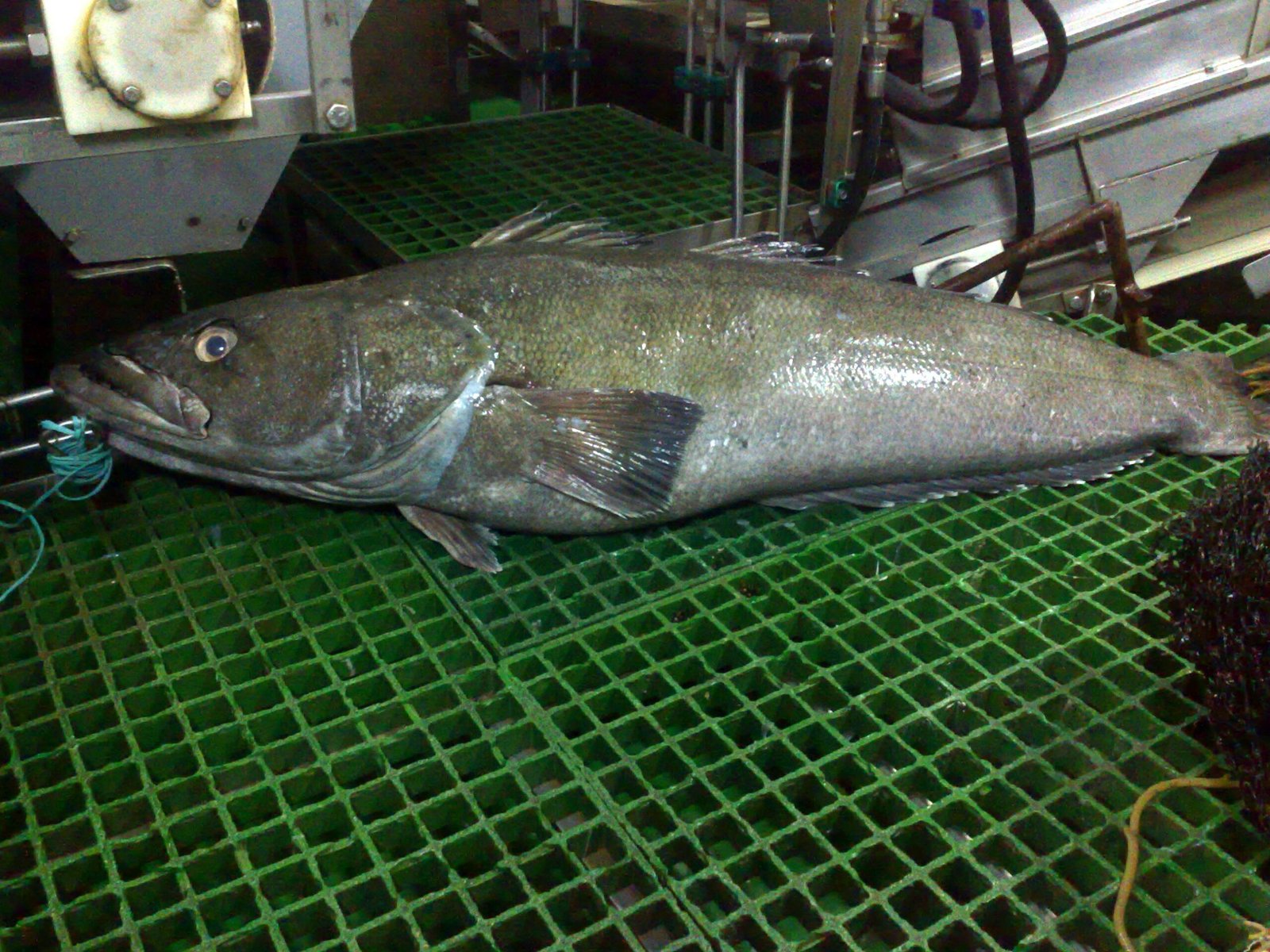
Perhaps even more fascinating than their colorless blood is the icefish’s skeletal structure. Their bones contain significantly less calcium carbonate than typical fish, giving them an almost glass-like transparency. This reduction in bone density might seem like a disadvantage, but it’s actually a masterpiece of evolutionary engineering.
The transparent bones reduce the fish’s overall weight, making it easier to maintain neutral buoyancy in the water column. This adaptation allows them to hover effortlessly in their deep-sea environment without expending precious energy. Think of it like having a skeleton made of lightweight carbon fiber instead of heavy steel—functionally sound but remarkably efficient.
How Blue Blood Actually Works

The icefish’s blue-tinted blood might seem like a biological impossibility, yet these creatures have found an ingenious workaround. Instead of relying on hemoglobin to carry oxygen, they’ve dramatically increased their blood volume—sometimes up to four times that of red-blooded fish. Their oversized hearts pump this oxygen-poor blood at a much faster rate to compensate for its reduced carrying capacity.
The blue coloration comes from the plasma itself and trace amounts of other proteins in their blood. Cold Antarctic waters contain higher concentrations of dissolved oxygen, which these fish absorb directly through their skin and gills. It’s like switching from a compact car with a small gas tank to a massive truck with multiple fuel reservoirs.
Surviving in Earth’s Most Hostile Waters
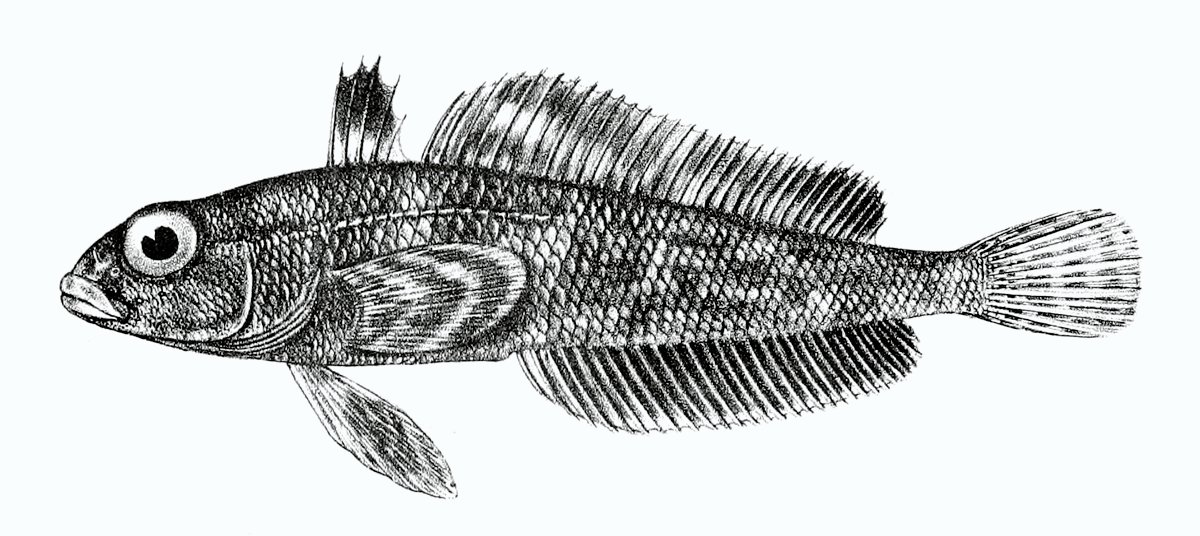
The Southern Ocean around Antarctica presents challenges that would kill most life forms within minutes. Temperatures that would freeze freshwater solid, crushing pressures, and months of complete darkness create an environment more alien than the surface of Mars. Yet icefish have not just survived—they’ve flourished in these conditions for millions of years.
Their blood contains natural antifreeze proteins that prevent ice crystals from forming in their tissues. These glycoproteins work like biological antifreeze, lowering the freezing point of their bodily fluids. Without this adaptation, these fish would literally turn into popsicles in their natural habitat.
The Evolutionary Journey to Transparency
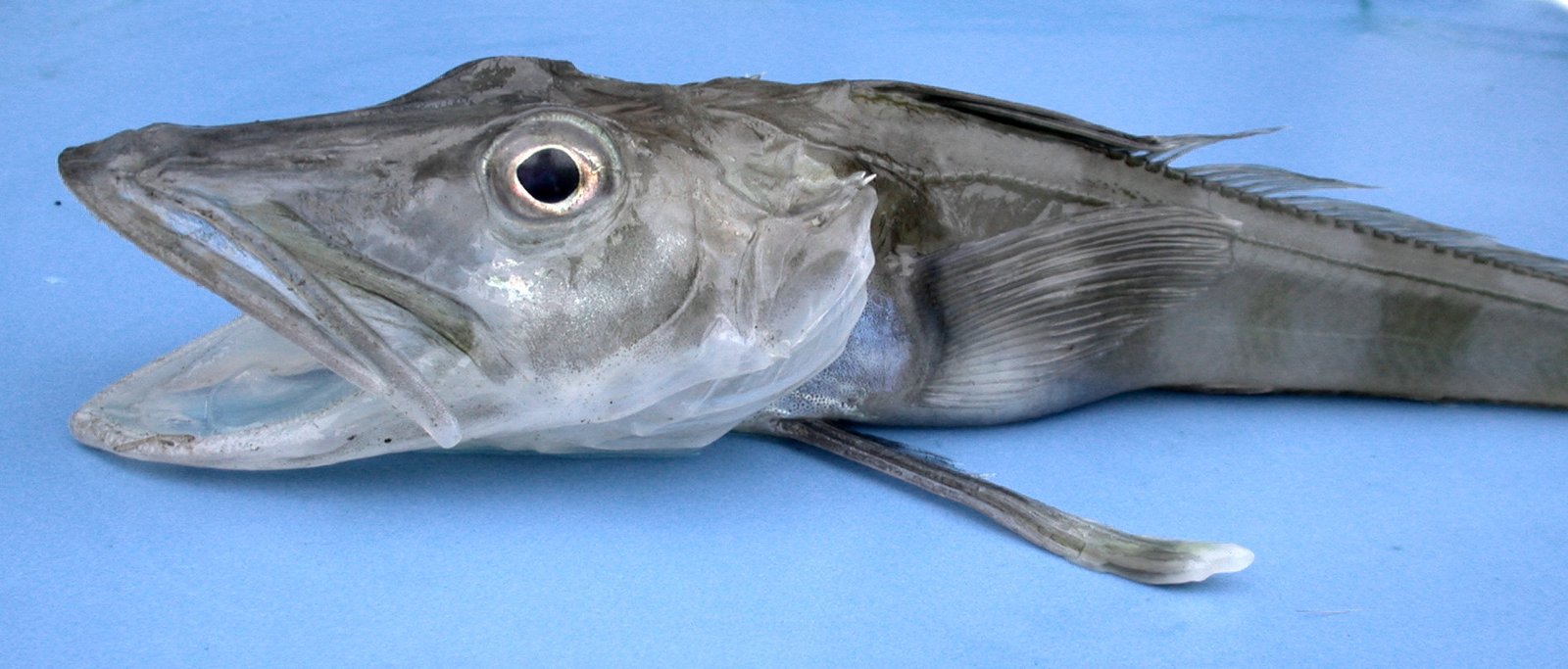
Scientists believe the icefish’s unique adaptations began evolving around 15 million years ago when Antarctica became isolated and began cooling dramatically. As their environment became increasingly hostile, these fish underwent radical changes to survive. The gradual loss of hemoglobin wasn’t a single mutation but a series of genetic deletions that occurred over millennia.
This evolutionary path represents one of the most extreme examples of adaptation in the animal kingdom. The fish essentially rewrote the rules of vertebrate physiology, proving that life finds extraordinary ways to persist even in the most impossible circumstances. Their story reads like a biological thriller where the protagonist defies all odds through sheer evolutionary ingenuity.
A Heart Three Times Larger Than Normal

To compensate for their inefficient blood, icefish have developed hearts that would make Olympic athletes jealous. These cardiac powerhouses are three to four times larger than those of similar-sized fish, pumping blood at rates that seem almost frantic. Their enlarged hearts beat constantly at high speeds, creating a circulatory system that’s more like a racing engine than a typical fish’s gentle pulse.
The heart chambers are also uniquely structured, with thicker walls and specialized valves that can handle the increased blood volume. This cardiovascular adaptation showcases nature’s ability to completely redesign biological systems when survival demands it. Imagine your heart suddenly needing to work four times harder while maintaining perfect efficiency—that’s the daily reality for these remarkable fish.
Skin That Breathes Like Gills
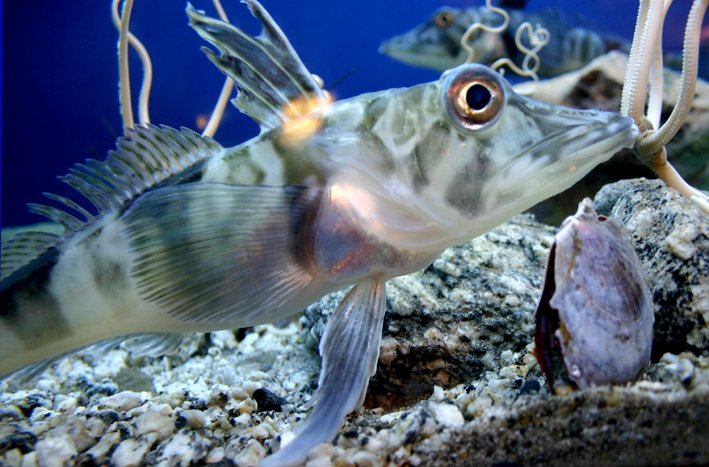
While most fish rely primarily on their gills for oxygen exchange, icefish have turned their entire skin into a breathing apparatus. Their scaleless, highly vascularized skin allows oxygen to pass directly from the water into their bloodstream. This adaptation essentially gives them gills covering their entire body surface.
The skin is so thin and permeable that you can almost see through it, revealing the network of blood vessels beneath. This transparency isn’t just for show—it’s a functional adaptation that maximizes oxygen absorption. Think of their skin as a full-body lung, constantly extracting every available molecule of oxygen from the surrounding water.
Living in Perpetual Darkness

The deep Antarctic waters where icefish live experience months of complete darkness during the polar winter. These fish navigate their world without ever seeing sunlight, relying instead on other senses to hunt and survive. Their eyes have adapted to detect the faintest traces of bioluminescence from other deep-sea creatures.
In this eternal night, the icefish’s pale, ghostly appearance becomes an advantage rather than a disadvantage. They blend seamlessly with the dim, blue-black waters, becoming nearly invisible to both predators and prey. Their translucent bodies make them master ambush predators in a world where visibility is measured in mere inches.
Feeding Strategies of a Transparent Predator

Despite their ethereal appearance, icefish are formidable predators with razor-sharp teeth and powerful jaws. They feed primarily on krill, small fish, and other crustaceans that drift through the dark waters. Their hunting strategy relies on stealth and sudden bursts of speed rather than sustained chases.
The transparent nature of their bodies allows them to approach prey almost undetected. Like underwater ghosts, they drift silently through the water column until the perfect moment to strike. Their large mouths can engulf prey items nearly half their own size, making them surprisingly effective hunters despite their delicate appearance.
Temperature Tolerance Beyond Belief
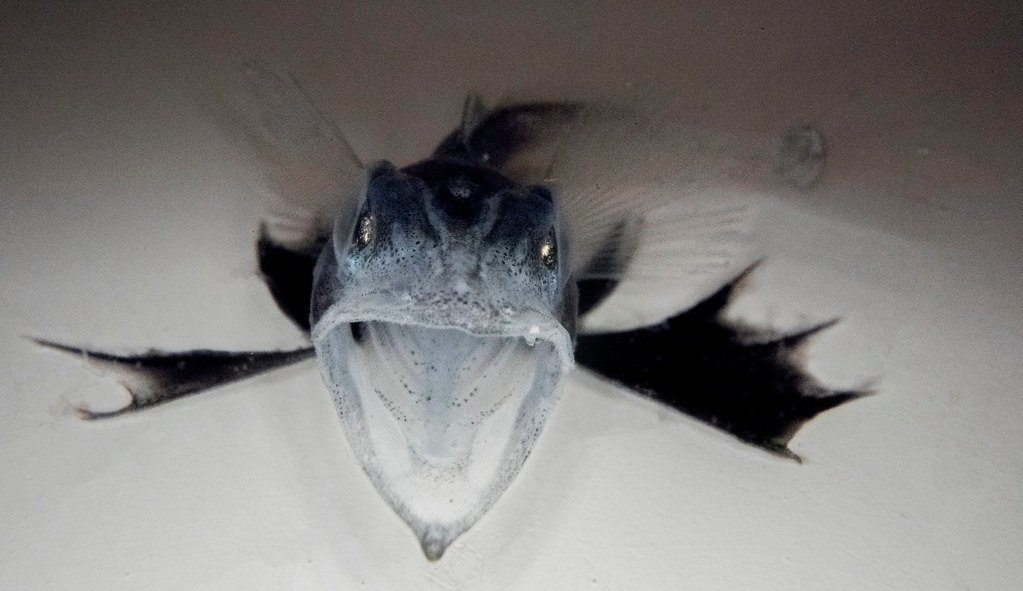
The icefish’s ability to function in sub-zero temperatures represents one of the most extreme examples of cold adaptation in vertebrates. Their cellular machinery operates efficiently at temperatures that would shut down the biological processes of most other animals. Special enzymes in their bodies remain active even when approaching the freezing point of seawater.
These fish have essentially rewritten the rules of biochemistry, proving that life can adapt to conditions previously thought impossible. Their success in Antarctic waters demonstrates the incredible plasticity of biological systems when faced with extreme environmental pressures. They’ve turned the harshest ocean on Earth into their personal kingdom.
Reproduction in the Frozen Depths

Breeding in the Antarctic environment presents unique challenges that icefish have overcome through remarkable adaptations. Their reproductive cycles are synchronized with the brief Antarctic summer when food becomes more abundant. Females produce large, yolk-rich eggs that can survive in the frigid waters without parental care.
The males often guard nesting sites on the seafloor, creating circular depressions where females deposit their eggs. These breeding grounds can contain thousands of eggs, representing one of the largest fish spawning aggregations in Antarctic waters. The dedication these fish show to reproduction in such harsh conditions speaks to their evolutionary success.
Threats from a Changing Ocean

Climate change poses unprecedented challenges to these perfectly adapted creatures. As Antarctic waters warm, even by small amounts, the delicate balance that allows icefish to survive begins to break down. Their specialized adaptations, so perfectly suited to extreme cold, become liabilities in a warming ocean.
Rising temperatures affect the oxygen content of seawater, potentially disrupting their unique breathing mechanisms. The icefish’s inability to produce hemoglobin means they have no backup system if their current adaptations fail. They represent a biological success story that could become a casualty of our changing planet.
Scientific Research and Discovery

Studying icefish requires extraordinary effort and resources, as researchers must travel to some of Earth’s most remote and dangerous waters. Scientists use specialized equipment to capture these delicate creatures without damaging their transparent tissues. The research vessels that venture into Antarctic waters face the same harsh conditions that shaped these remarkable fish.
Each research expedition reveals new insights into how life can adapt to extreme conditions. The icefish genome has become a valuable resource for understanding evolutionary biology and the limits of physiological adaptation. Their unique biology offers clues about how life might exist on other planets with extreme environments.
Medical Applications of Antifreeze Proteins

The antifreeze proteins found in icefish blood have captured the attention of medical researchers worldwide. These biological compounds could revolutionize organ preservation for transplants, allowing tissues to be stored at lower temperatures for extended periods. The proteins work by preventing ice crystal formation, a major cause of cellular damage during freezing.
Scientists are also exploring applications in cryosurgery and food preservation. The natural antifreeze mechanisms developed by icefish over millions of years might hold keys to solving modern technological challenges. Nature’s solutions often surpass human engineering, and these fish represent a masterclass in biological innovation.
Ecosystem Role in Antarctic Waters
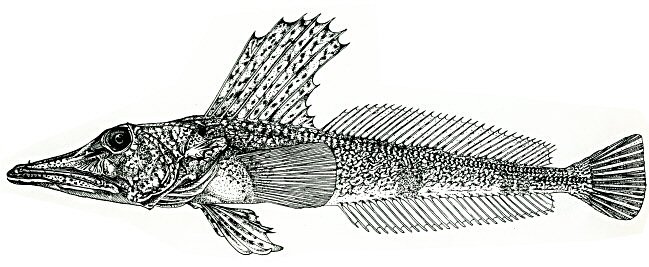
Icefish play a crucial role in the Antarctic marine ecosystem, serving as both predator and prey in the complex food web. They help control populations of krill and other small organisms while providing food for seals, whales, and seabirds. Their position in the food chain makes them indicator species for the health of the entire Antarctic ecosystem.
The success of icefish populations often reflects the overall stability of Antarctic marine environments. Changes in their numbers can signal broader ecological shifts that affect countless other species. These transparent fish serve as canaries in the coal mine for one of Earth’s most pristine and important ecosystems.
Conservation Efforts and Protection

Protecting icefish requires international cooperation and comprehensive marine conservation strategies. The Antarctic Treaty System provides some protection, but enforcement in remote Antarctic waters remains challenging. Commercial fishing operations increasingly target these waters, potentially disrupting icefish populations and their habitat.
Conservation efforts focus on establishing marine protected areas and monitoring fish populations through satellite technology and underwater cameras. The unique nature of these fish makes them particularly vulnerable to environmental changes, requiring proactive protection measures. Their survival depends on maintaining the pristine conditions of their Antarctic home.
Future Research Directions

Scientists continue to uncover new aspects of icefish biology, with genetic research revealing the molecular mechanisms behind their extraordinary adaptations. Advanced imaging techniques allow researchers to study their transparent tissues in unprecedented detail. The development of new underwater robotics makes it possible to observe these fish in their natural habitat without disturbing them.
Future research may unlock secrets about longevity, as some icefish species are believed to live for several decades in the stable Antarctic environment. Understanding how they maintain cellular function at such low temperatures could provide insights into aging and metabolic processes. These fish represent a living laboratory for studying the limits of biological adaptation.
Lessons for Human Innovation
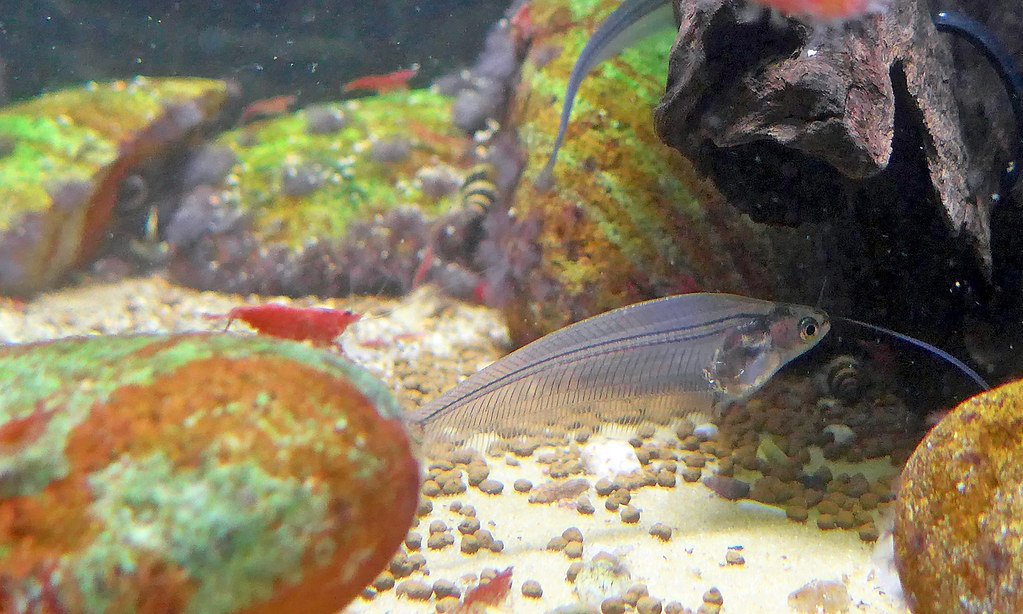
The icefish’s remarkable adaptations offer inspiration for human technological development. Their transparent bones suggest new approaches to lightweight materials in aerospace and automotive industries. The efficiency of their antifreeze proteins could improve everything from medical procedures to food storage systems.
Their cardiovascular adaptations provide insights into treating heart disease and improving circulation in extreme conditions. The icefish proves that sometimes the most effective solutions come from completely reimagining how systems work rather than simply improving existing designs. Nature’s 15-million-year research and development program has produced innovations that human technology is only beginning to understand.
The Antarctic icefish stands as one of nature’s most extraordinary achievements, a living testament to life’s incredible adaptability. These transparent-boned, blue-blooded marvels have rewritten the fundamental rules of vertebrate biology, proving that evolution can craft solutions to even the most impossible challenges. Their existence in the frozen depths of Antarctica reminds us that our planet still holds mysteries that can shock and inspire us. As we face our own environmental challenges, perhaps we should look to these remarkable fish for lessons in adaptation and resilience. After all, if life can thrive with transparent bones and blue blood in Earth’s most hostile waters, what other impossible things might be possible?




